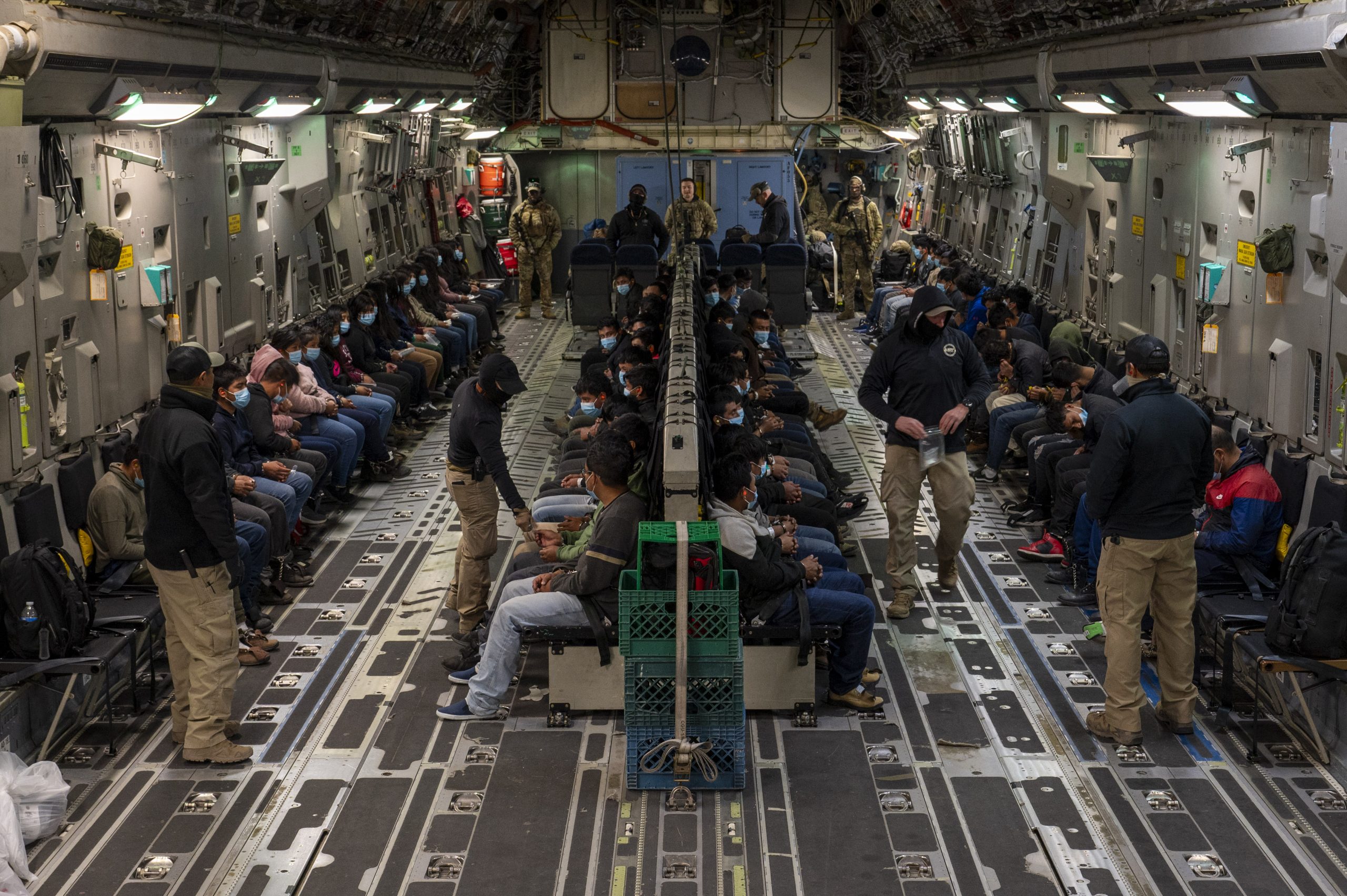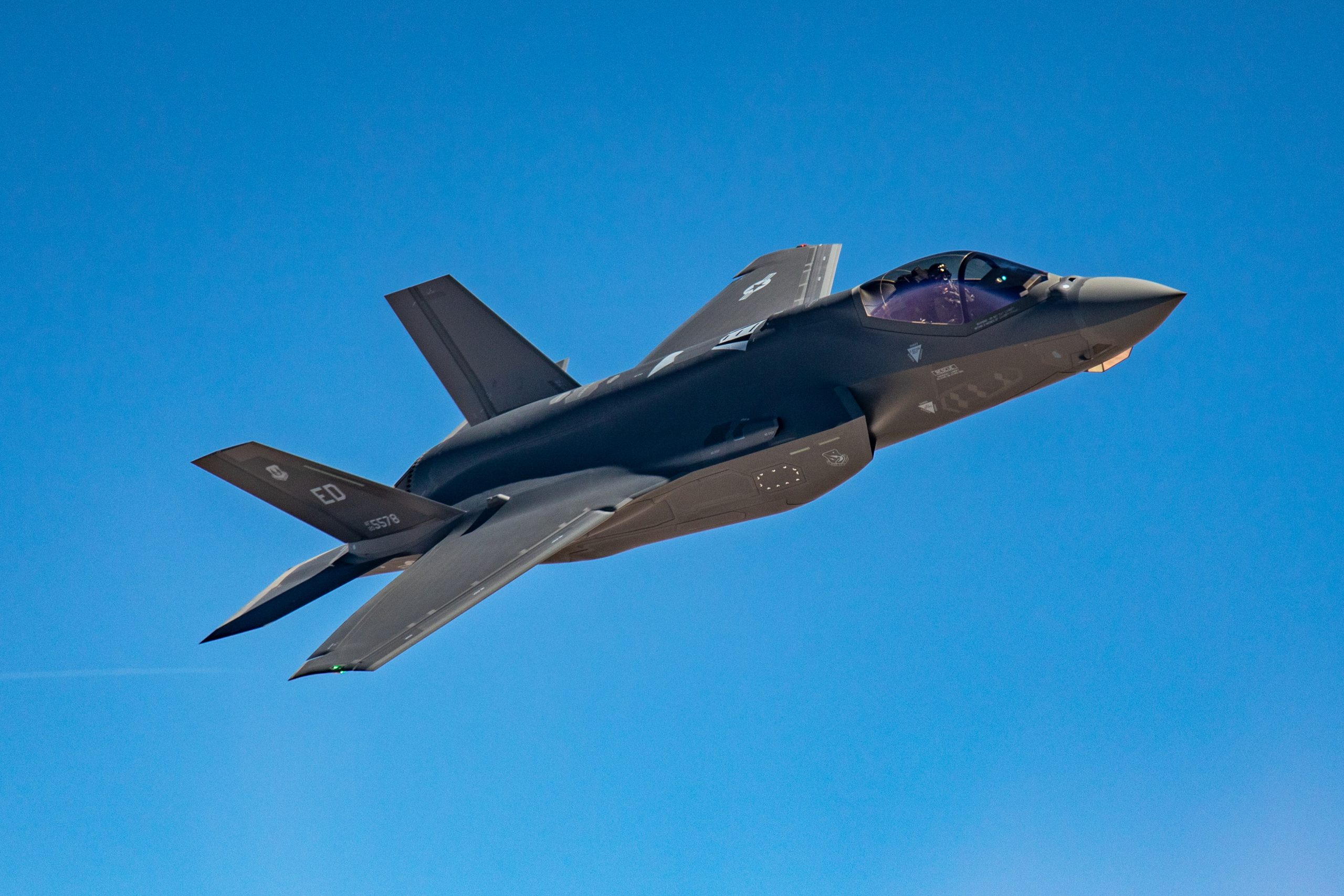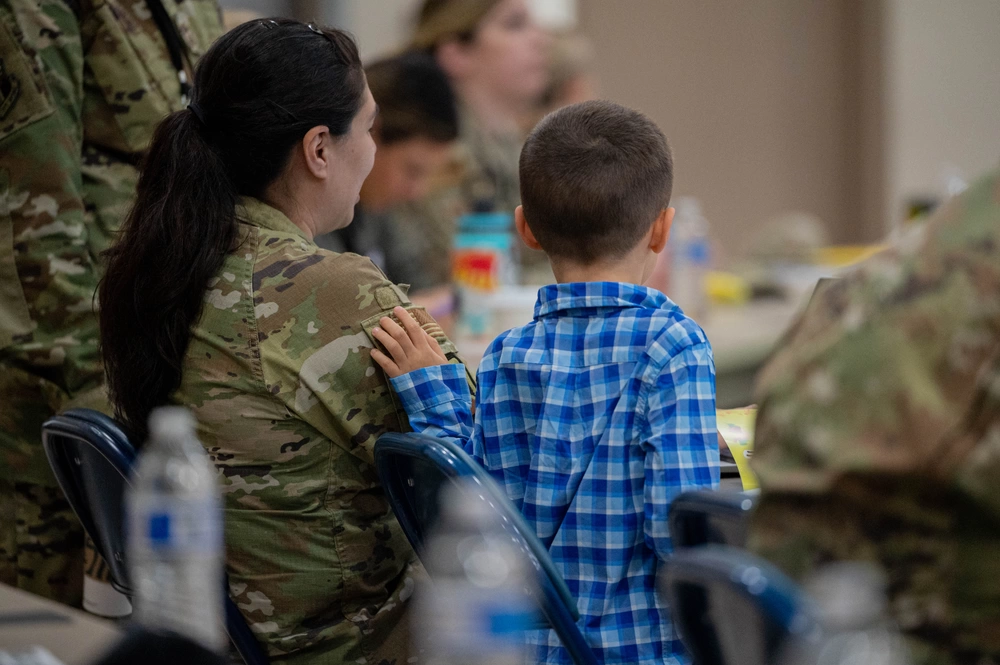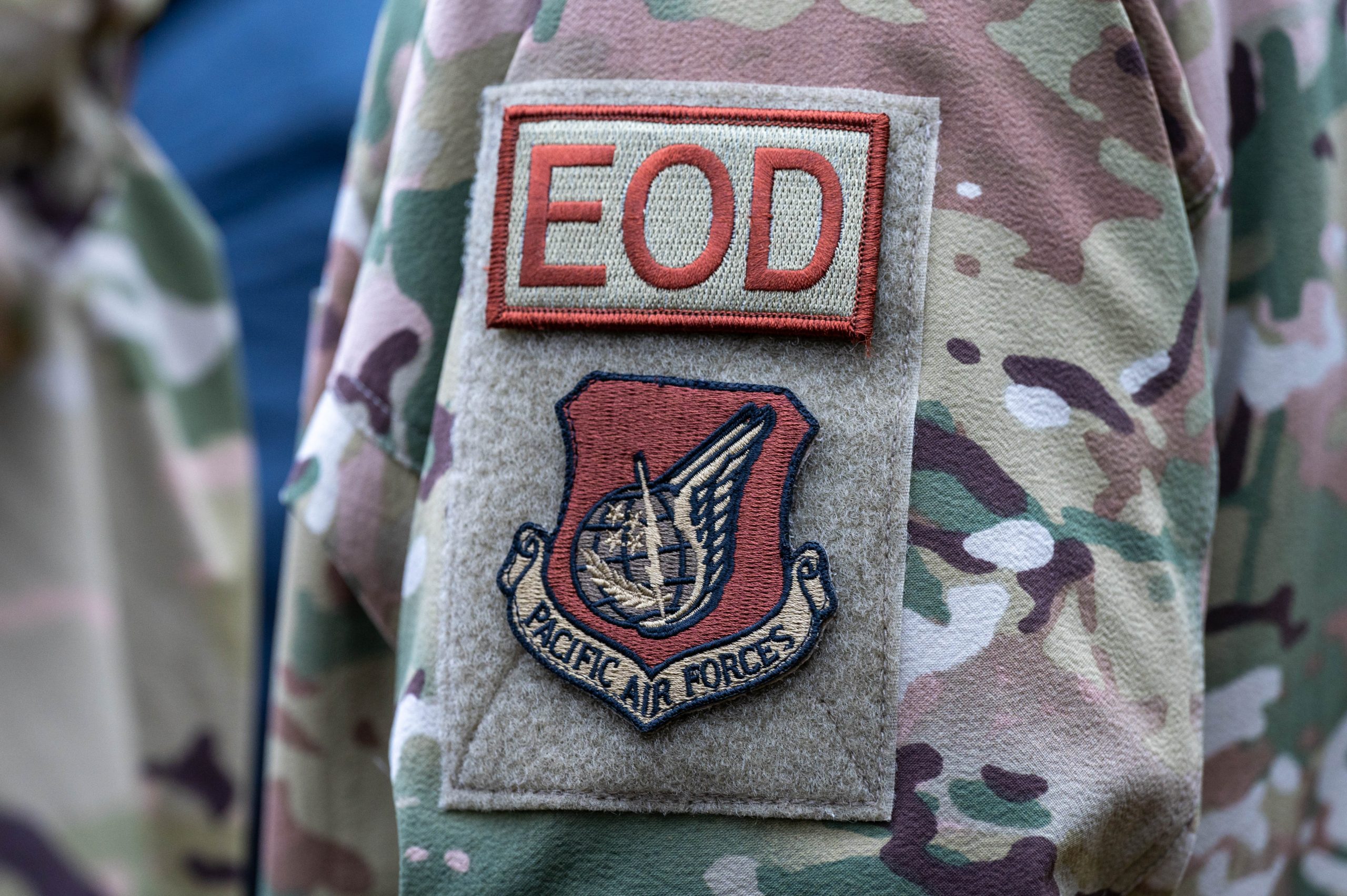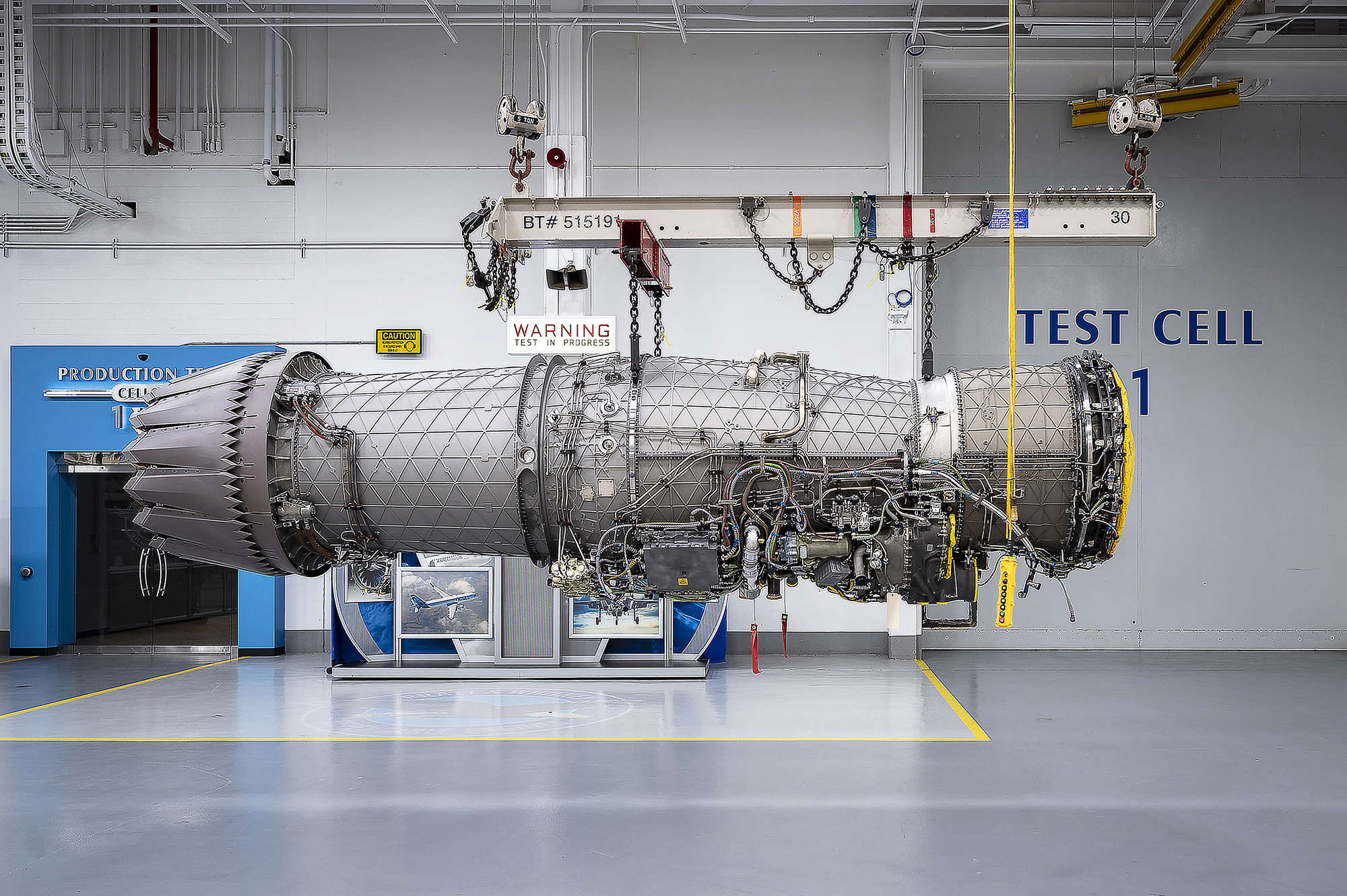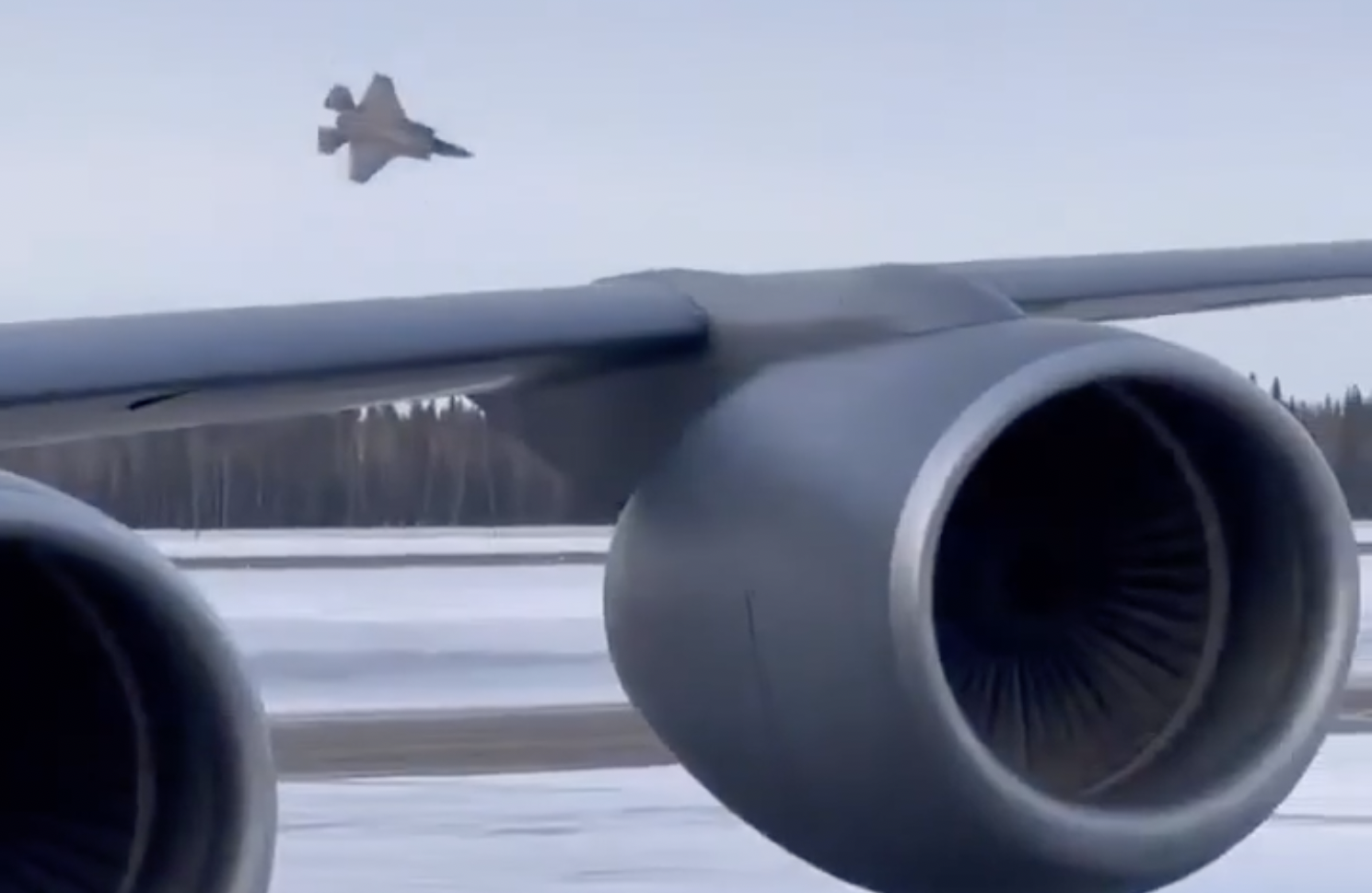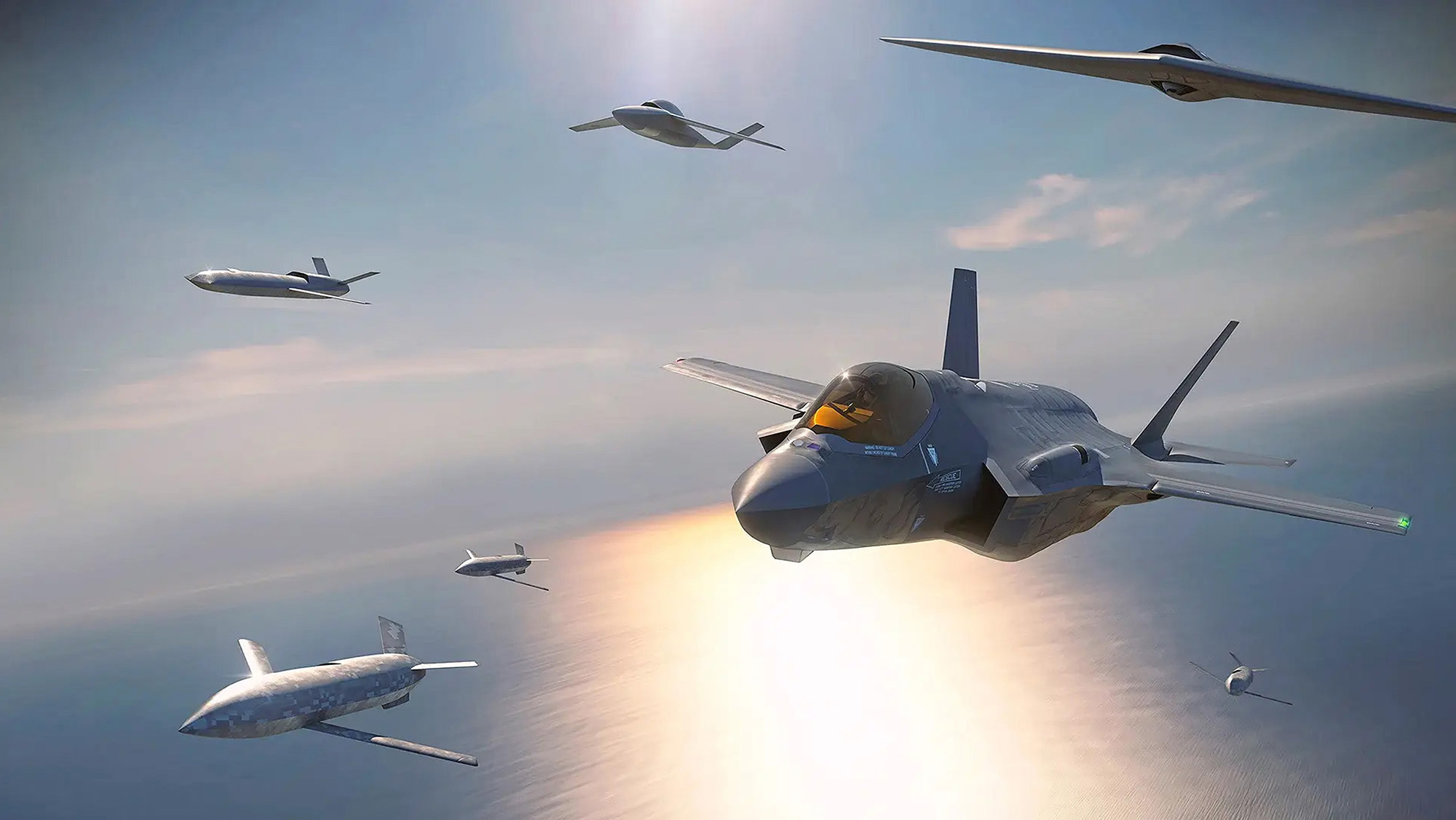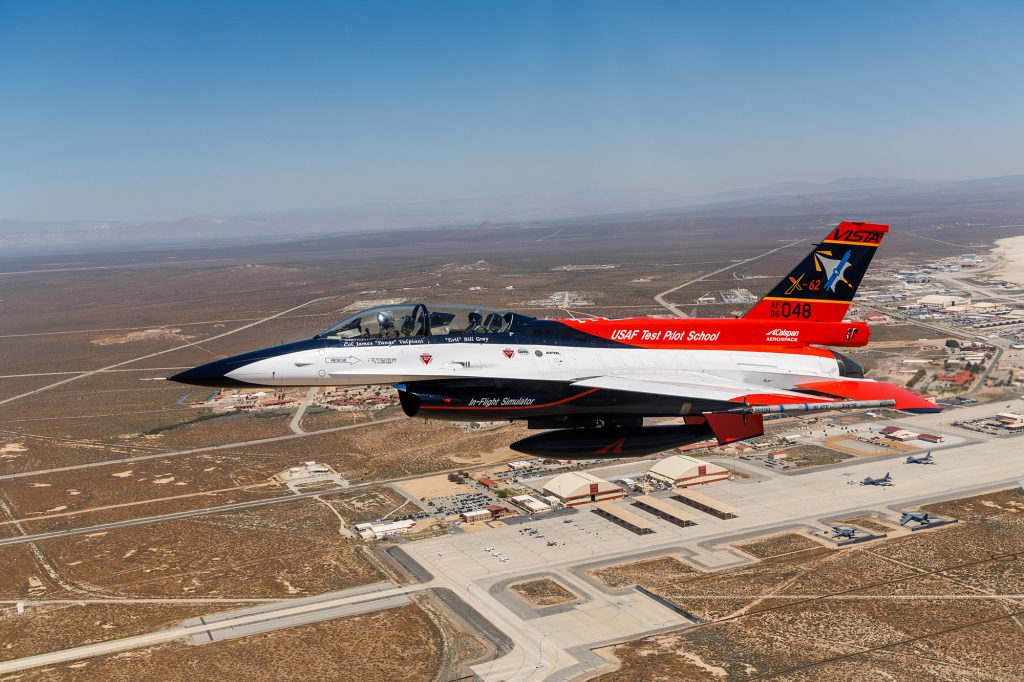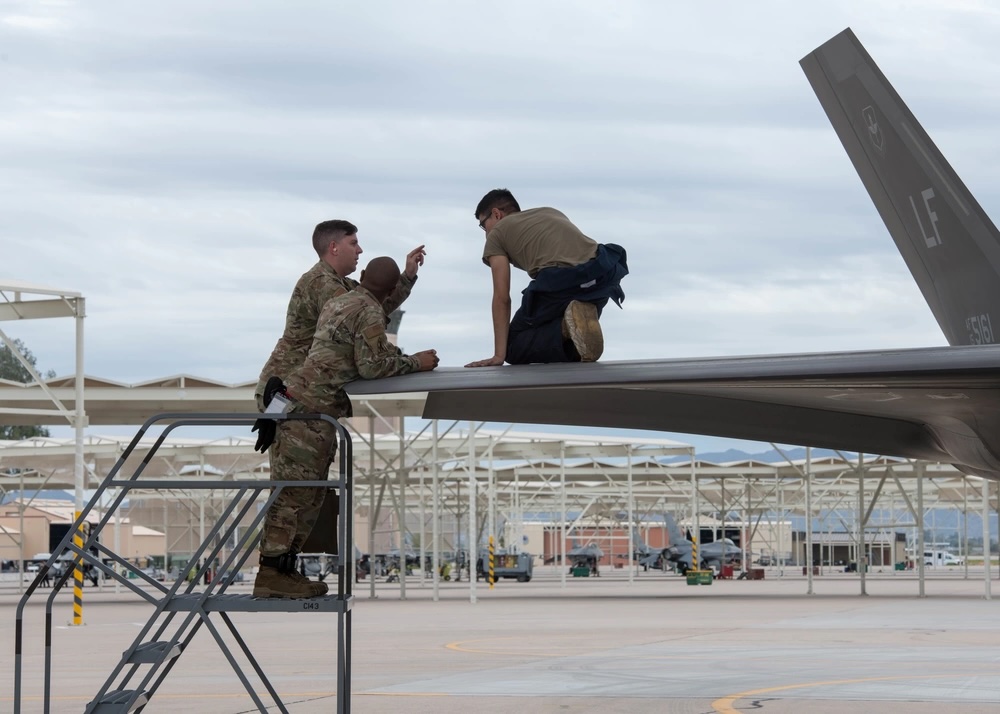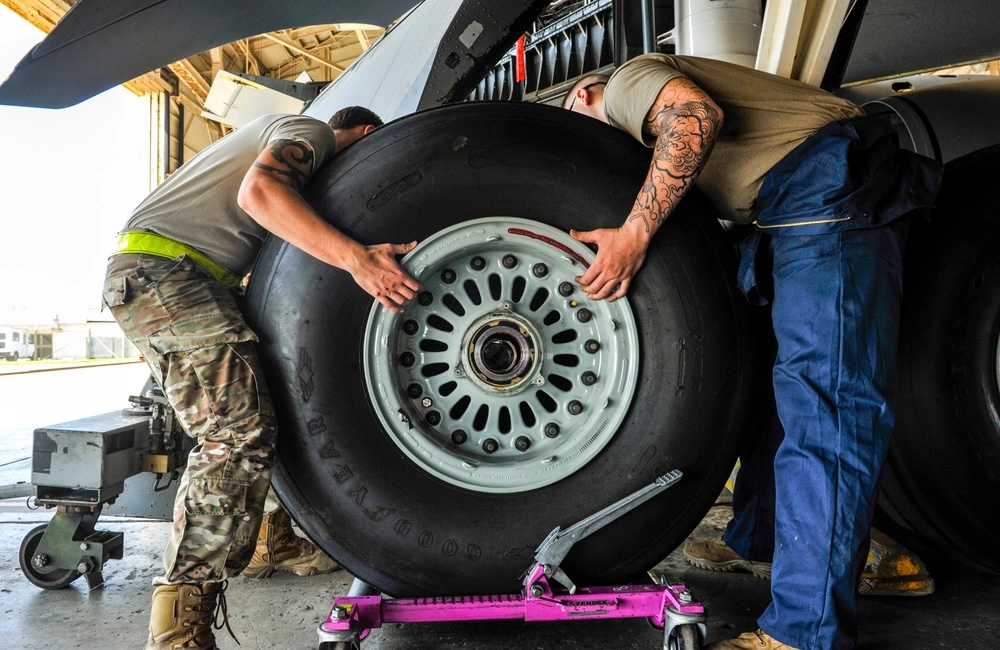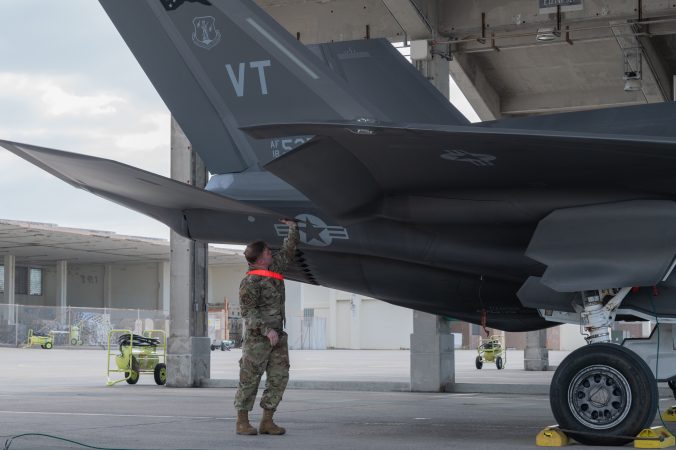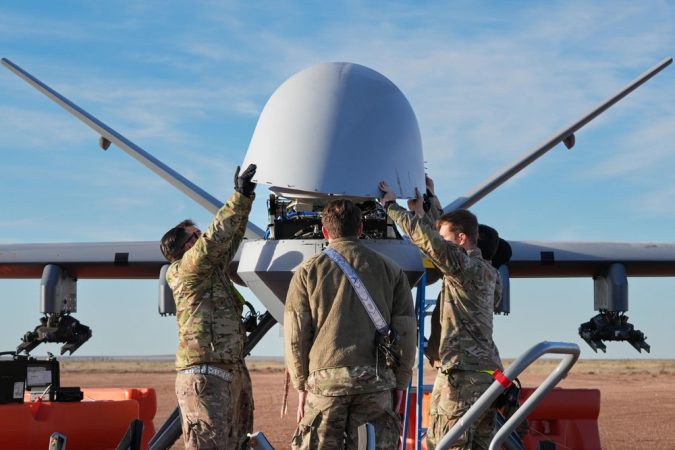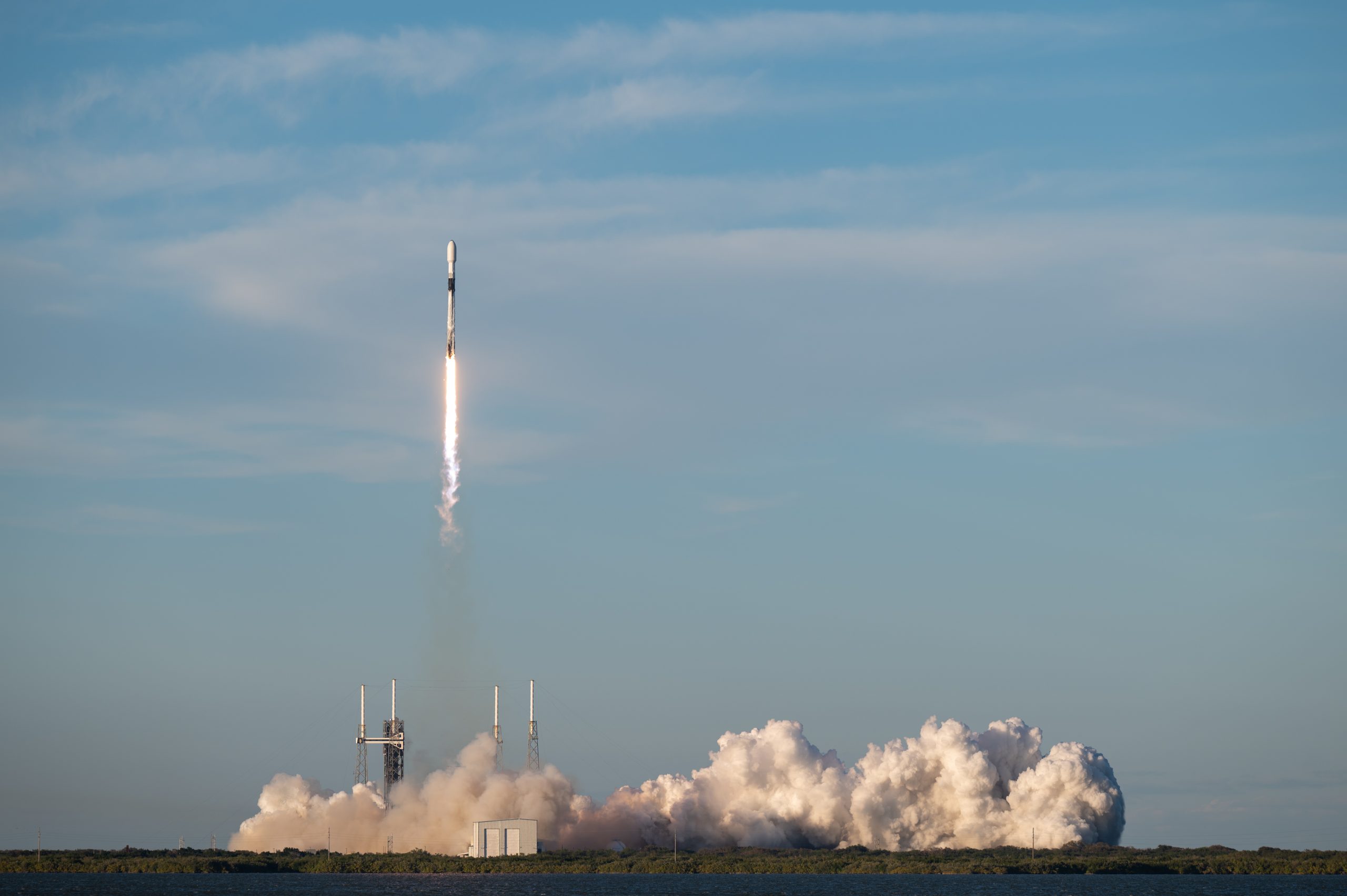The U.S. Air Force carried out deportation flights to Ecuador and Guatemala earlier this week, U.S. officials told Air & Space Forces Magazine, as the Pentagon continues to fly migrants out of the country at the direction of President Donald Trump.
On Jan. 28, a U.S. Air Force C-17 carrying detained migrants took off from Biggs Army Airfield in El Paso, Texas. It landed in Ecuador later that evening.
A C-17 transporting a deportation flight also took off from El Paso on Jan. 27 for Guatemala, the third such flight to the country.
The flight to Ecuador has not been previously reported, and neither flight has been officially announced.
Another C-17 flight took off from El Paso to Guatemala on Jan. 30, according to flight tracking data.
Those C-17 flights follow a high-profile spat with Colombia, which turned away two C-17s on Jan. 26. Colombia later relented in the face of pressure from the Trump administration and sent its own air force planes to transport the deportees.
U.S. aircrews participating in the deportation missions have included armed Air Force Security Forces personnel, known as Phoenix Ravens, defense officials told Air & Space Forces Magazine.
A photo released by the Department of Defense of the inside of a C-17 deporting migrants on a flight out of Tucson International Airport, Ariz., shows at least two U.S. service members carrying what appear to be M4 rifles.
“We can confirm the C-17 aircrews conducting deportation flights include RAVENS, who are specially trained Security Forces personnel dedicated to providing force protection for Mobility Air Force aircraft transiting through austere locations with potentially high terrorist and criminal threat levels,” a defense official told Air & Space Forces Magazine. “These personnel are strictly responsible for the security of the aircrew and aircraft and they do not engage in interdiction or law enforcement activities.”
In-flight law enforcement on the deportation flights is the responsibility of Department of Homeland Security personnel, officials said.
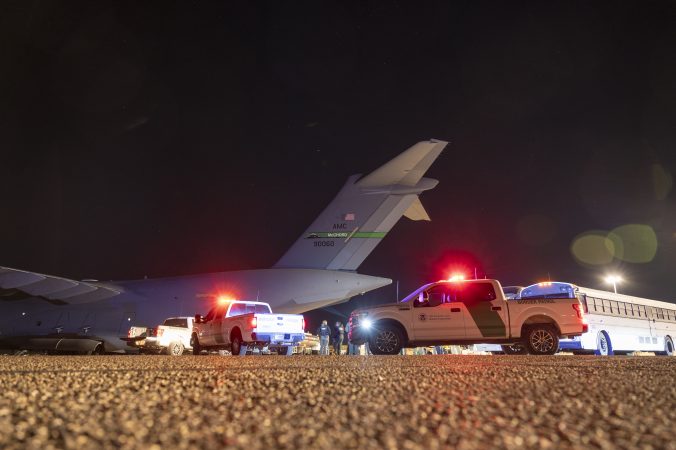
From the outset of the Pentagon’s effort to rush 1,500 troops to the border and transport migrants, which it first announced Jan. 22, defense officials have said U.S. military personnel are not carrying out law enforcement activities. U.S. troops are prohibited from performing law enforcement duties under the Posse Comitatus Act.
Trump said in an executive order that the use of the U.S. military is justified because he has declared a border emergency to stop “forms of invasion including unlawful mass migration, narcotics trafficking, human smuggling and trafficking, and other criminal activities.”
The border deployments have included U.S. military police, who were transported on USAF aircraft.
The military’s role may expand in the days ahead, the Trump administration indicated Jan. 29.
Trump directed the Pentagon and Department of Homeland Security to “take all appropriate actions to expand the Migrant Operations Center at Naval Station Guantanamo Bay to full capacity to provide additional detention space for high-priority criminal aliens unlawfully present in the United States,” according to a memo issued by the White House.
“We’re ramping up for the possibility to expand mass deportations because President Trump is dead serious about getting illegal criminals out of our country,” Secretary of Defense Pete Hegseth said on Fox News.
